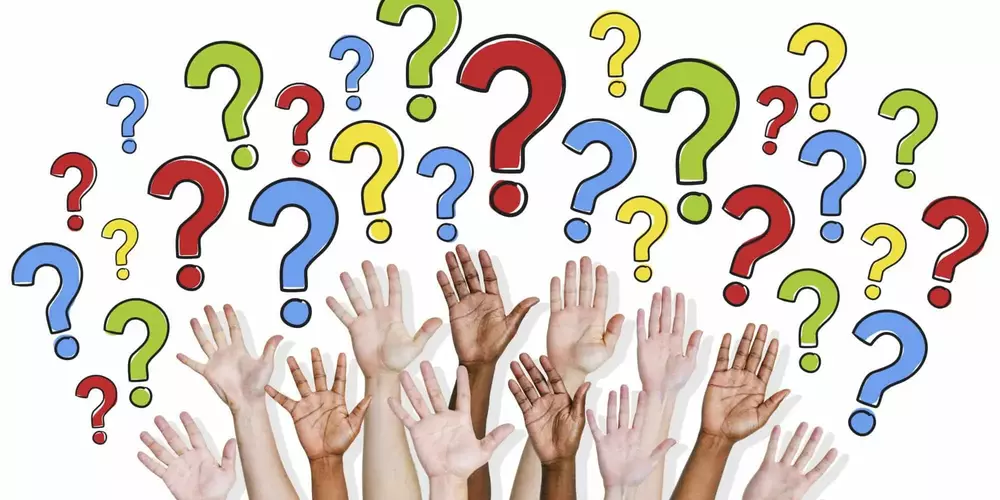If you’re interested in working in translations you might have heard some people mention or confuse translations with transcriptions. These two words might sound oddly similar, but they actually don’t have much in common.
In many cases, translators will need to do both transcription and later translation for certain projects. If you have ever wondered what the difference between transcription and translation and how they are connected, keep on reading to find out.
How does transcription differ from translation?
Transcription is a process of listening to an audio file you have been provided with and then write down everything the speaker has said in the language they have said it in. On the other hand, translation is an act of taking an already written text and presenting it in another language while keeping the exact same meaning.
The main difference between them is that transcription is always done in the language of the speaker, while translation has to include a set of two languages and then proceed to translate the one into the other.
Useful information: Find birth certificate translation service and make sure your documents are translated by experts.
How are these two terms connected?
In the field of translations, it is not rare for someone to need these two tasks performed one after the other. Despite the differences between transcription and translation, they are often closely related. That being said, there is a chance that a client will provide you with an audio file, which he will need translated to a language of his choice.
A professional language translator wouldn’t just start translating the audio file as soon as he started listening to it. The right thing to do in this situation is to give the audio file a listen, understand the point of it and then proceed to write everything that was mentioned down.
This is a process which will truly simplify your job as you will be able to produce a much more accurate and professional translation in the end. So in fact, transcription and translation might just be two different things but they are very closely related to each other and can help any translator complete their job with a lot more accuracy and less effort.
Read also: Who can provide high-quality immigration translation services online?
Who is best eligible for doing transcription?
While most translators would be able to complete transcription successfully, there are some who would potentially be able to deliver a much more accurate transcription and eliminate the possibility of mistakes. The truth is that no matter how well you speak a language, you might still not be able to understand certain accents and traits of the said language.
This is exactly why the best people for this job are native speakers of a language. Speaking a language from birth and growing up around other native speakers is the best way to get used to hearing different accents, ways of pronunciation and certain native words and phrases which a simple learner of that language might have no knowledge of.
A native speaker will be able to deliver a much more professional transcription. The good thing here is that many translation companies that offer transcript translation services will pass on the transcript to a professional translator who will be able to complete the project successfully.
Working with two people who have two different tasks could really help you achieve a professional outcome which will result in a satisfied customer. For example, if you wish to complete transcription in the English language, you should work with a native English speaker. If that transcript needs to be translated into German, you should then work with a native German translator in order to complete the project.
That being said, a professional translator could still do both jobs as long as he is native in the language the audio file is in, as this will result in them achieving a much smoother outcome.
Read also: How to get professional immunization translation services from experts?
Achieving the best quality translations
Now that you are aware of what is the difference between transcription and translation, you will be able to not confuse the two terms with one another. Professional transcription services are always needed in the field of translations and they can be very helpful even when the professional translator comes across a translation difference and needs a second opinion for his work.



